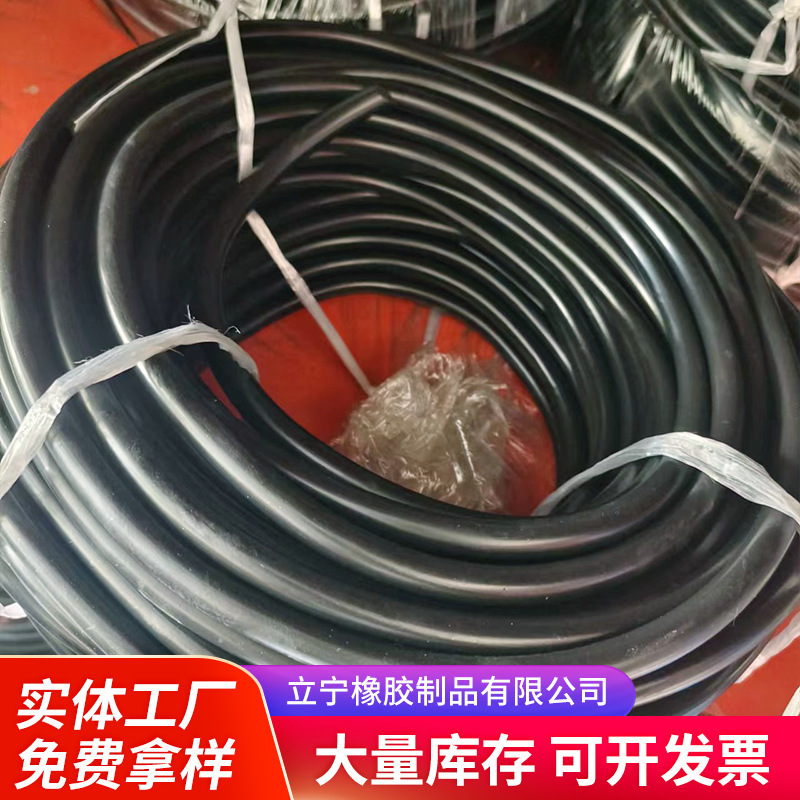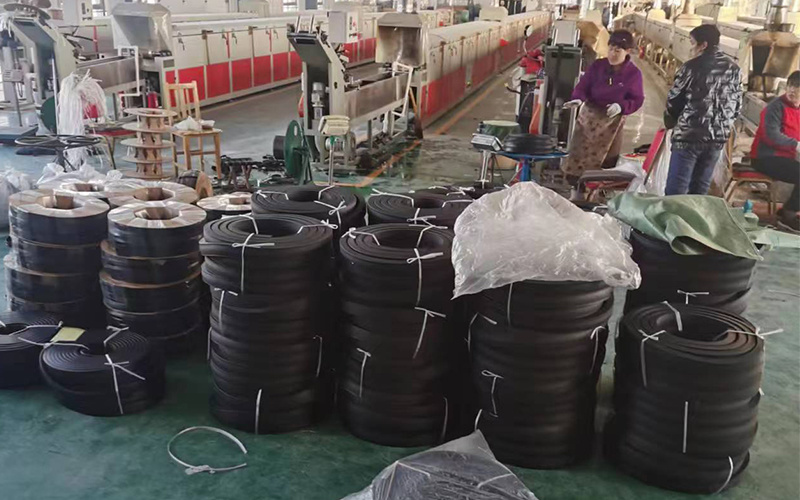How to Install NBR Oil Resistant Sealing Strips: A Step-by-Step Guide

How to Install NBR Oil Resistant Sealing Strips: A Step-by-Step Guide
Table of Contents
- 1. Introduction to NBR Oil Resistant Sealing Strips
- 2. What is NBR (Nitrile Butadiene Rubber)?
- 3. Importance of Using Sealing Strips in Industrial Applications
- 4. Tools Required for Installation
- 5. Step-by-Step Installation Process
- 5.1 Preparation Before Installation
- 5.2 Measuring and Cutting the Sealing Strips
- 5.3 Cleaning the Surface
- 5.4 Applying the NBR Sealing Strips
- 5.5 Final Inspection and Testing
- 6. Common Issues and Troubleshooting
- 7. Maintenance Tips for Longevity
- 8. Conclusion
- 9. FAQs about NBR Oil Resistant Sealing Strips
1. Introduction to NBR Oil Resistant Sealing Strips
Nitrile Butadiene Rubber (NBR) sealing strips are essential in various industrial applications due to their excellent oil resistance and durability. These sealing strips are crucial for preventing leaks and ensuring that machinery operates smoothly. This guide aims to provide a comprehensive step-by-step process for installing NBR oil-resistant sealing strips effectively.
2. What is NBR (Nitrile Butadiene Rubber)?
Nitrile Butadiene Rubber (NBR) is a synthetic rubber copolymer composed of acrylonitrile and butadiene. The unique properties of NBR make it highly suitable for applications where resistance to oil, fuel, and other chemicals is necessary. Its ability to maintain flexibility at low temperatures while providing durability at high temperatures makes it a preferred choice in the manufacturing of sealing strips for various machinery and equipment.
3. Importance of Using Sealing Strips in Industrial Applications
Sealing strips play a vital role in maintaining the integrity of industrial equipment. They serve multiple purposes, including:
- **Leak Prevention**: Preventing the escape of oils or other fluids.
- **Dust and Debris Protection**: Ensuring that contaminants do not enter sensitive areas of machinery.
- **Energy Efficiency**: Reducing energy loss by maintaining optimal sealing conditions.
- **Extended Equipment Life**: Protecting machinery from wear and tear, thus prolonging its operational lifespan.
4. Tools Required for Installation
Before starting the installation process, ensure you have the following tools at hand:
- Utility Knife: For cutting the sealing strips to size.
- Measuring Tape: To accurately measure the required length of sealing material.
- Surface Cleaner: To prepare the installation surface.
- Adhesive (if required): Depending on the specific application, a suitable adhesive may be necessary.
- Roller or Press Tool: To ensure proper adhesion.
5. Step-by-Step Installation Process
5.1 Preparation Before Installation
Preparation is key to achieving a successful installation. Follow these steps:
- **Inspect the Area**: Look for any signs of damage or wear on the surface where the sealing strip will be applied.
- **Gather Materials**: Ensure all tools and materials are ready and within reach.
- **Read Instructions**: If you have specific guidelines from manufacturers, review them carefully before proceeding.
5.2 Measuring and Cutting the Sealing Strips
- **Measure the Length**: Use the measuring tape to determine the length needed for the sealing strip.
- **Mark the Strip**: Lightly mark the cutting point on the NBR sealing strip for accuracy.
- **Cut Carefully**: Use a utility knife to cut the strip precisely along the marked line. Ensure the cut is straight for optimal sealing.
5.3 Cleaning the Surface
- **Remove Old Seals**: If you are replacing an old sealing strip, remove the remnants carefully to avoid damaging the surface.
- **Clean Thoroughly**: Use a surface cleaner to wipe down the area, ensuring it is free of dust, oil, or grease. A clean surface promotes better adhesion.
5.4 Applying the NBR Sealing Strips
- **Position the Strip**: Align the sealing strip with the area where it will be installed, ensuring that it fits snugly against the surface.
- **Adhesive Application**: If adhesive is necessary, apply it to the surface or the strip according to the manufacturer's instructions.
- **Press Firmly**: Use a roller or your hands to press the sealing strip firmly against the surface, ensuring there are no air bubbles or gaps.
5.5 Final Inspection and Testing
- **Inspect the Installation**: Check for any visible gaps or areas where the sealing strip may not be adhered properly.
- **Test for Leakage**: If applicable, run the machinery and observe for any signs of leakage. Ensure the sealing strip is functioning as intended.
6. Common Issues and Troubleshooting
Despite careful installation, you may encounter some common issues:
- **Air Bubbles**: If air bubbles form beneath the strip, gently lift the affected area and reapply.
- **Peeling Edges**: If the edges begin to peel, ensure that the surface was properly cleaned before application. You may need to apply additional adhesive.
- **Improper Fit**: If the sealing strip does not fit correctly, consider re-measuring and cutting a new piece.
7. Maintenance Tips for Longevity
To ensure the longevity of your NBR oil-resistant sealing strips, follow these maintenance tips:
- **Regular Inspections**: Periodically check the sealing strips for signs of wear and tear.
- **Keep Clean**: Clean the area around the sealing strips to prevent buildup that can cause deterioration.
- **Replace When Necessary**: Don’t hesitate to replace sealing strips that show signs of significant wear to maintain optimal performance.
8. Conclusion
Installing NBR oil-resistant sealing strips is a straightforward process that can significantly enhance the performance and longevity of industrial equipment. By following the steps outlined in this guide, you can achieve a proper installation that prevents leaks and protects against contaminants. Regular maintenance and inspections will ensure that your sealing strips continue to function effectively over time.
9. FAQs about NBR Oil Resistant Sealing Strips
1. What makes NBR oil resistant?
NBR has a unique chemical composition that provides excellent resistance to oils and fuels, making it ideal for sealing applications in various industries.
2. Can I use NBR sealing strips in high-temperature environments?
Yes, NBR sealing strips are suitable for high-temperature applications, but it's essential to check the specific temperature ratings of the product.
3. How often should I inspect my sealing strips?
Regular inspections every few months are recommended, but you should check them more frequently in high-use environments.
4. Is adhesive necessary for installation?
While some NBR sealing strips come with adhesive backing, others may require additional adhesive for optimal performance.
5. What should I do if my sealing strip begins to leak?
If you notice a leak, inspect the sealing strip for damage, and consider reapplying or replacing it as needed to restore a proper seal.
This guide is designed to equip you with the knowledge and skills necessary to install NBR oil-resistant sealing strips effectively, ensuring your machinery operates efficiently and reliably.
Related News
Contact Us
Telephone:
Address:Wang Shigong Village, Liyuan Tun Town, Wei County, Xingtai City, Hebei Province







